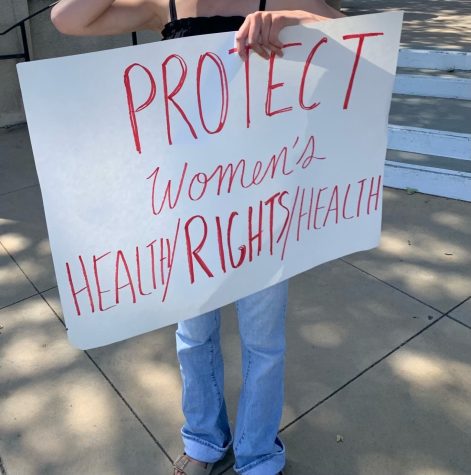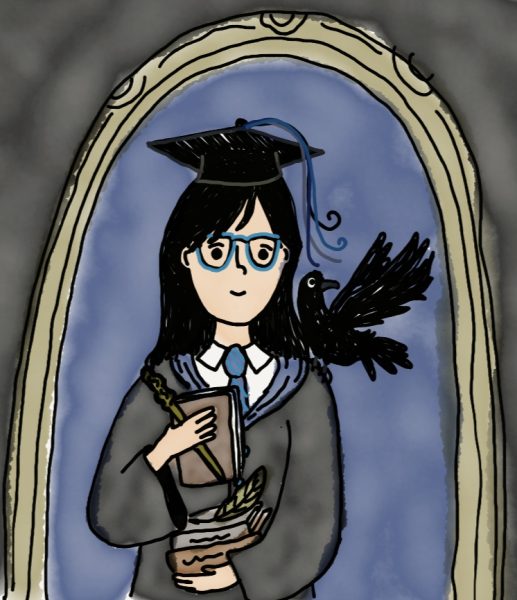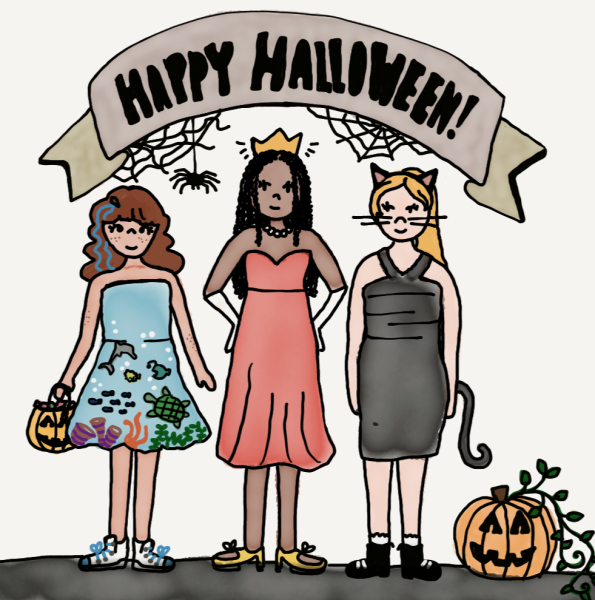“Contagion’s” shocking similarities and contrasts to the current global pandemic
In the first few weeks of quarantine, the 2011 film “Contagion” experienced an unexpected surge in popularity. With everyone being at home and bombarded with information about COVID-19, it would make sense to watch a movie they could seemingly relate to. But how realistic is “Contagion” actually? And is it valid enough to compare our current lives to, or is it just a dramatized film that will only perpetuate fear?
“Contagion” begins by focusing on the index patient, Beth Emhoff, who contracted the virus after a business trip to Hong Kong. The virus travels quickly, infecting a small number of people around the globe, quickly leading to their deaths. The virus, later named MEV-1, causes a cough, fever, disorientation, and in most cases, it ends in a fatal seizure or episode of seizures.
Spoiler warning—In a matter of time, schools are shut down, there are stay-at-home mandates, and the media jumps on the chance to report about the virus. In order to portray how media can stir fear, the film focuses on a blogger who antagonizes public health officials and claims that he found the cure for MEV-1, a homeopathic remedy called forsythia. His lies cause people to fight for the “cure” at pharmacies, leading to violent and chaotic attractions that are fueled purely by fear. On the other side, epidemiologist, Dr. Erin Mears fights to contain the virus and help cities get the resources they need to help those who are sick. The head of the CDC, Dr. Ellis Cheever, relays information to the public and funds research that is led by Ally Hextall. Hextall eventually creates a successful vaccine that she first tests on herself and it is administered to the public in waves.
When watching the film, the camera focuses on things we touch every day without thought, like credit cards, bus poles, pens, door handles, etc. showing how easily the virus can be transmitted. Additionally, scenes of trash lining the streets, empty grocery stores with no employees, neighbors robbing neighbors, abandoned workplaces abandoned, and mass graves show how deeply the virus has affected society. To bring the movie full circle, the final scene explains how Beth Emhoff initially contracted the virus. It begins in a bat that drops a banana it was eating to a pig that was later transported to a restaurant in Hong Kong. Later, the chef preparing the pig goes to take a photo with Emhoff, transmitting the virus. It makes watchers realize how an unforeseen chain of events can lead anywhere, and bacteria could be where we least expect it.
In the context of COVID-19 a lot of the events occurring in “Contagion” seems to line up almost perfectly, but not all of it is one-hundred-percent accurate and the film should not be used to create fear, but to take a deeper look into the lives of researchers, doctors, public health officials, and families in quarantine. Our lives seem to be following the same narrative that the film presents: schools have been shut down, stay-at-home mandates have been put in place, and doctors, nurses, health officials, researchers, etc. are putting their lives on the line to help contain and cure the virus. The film does a good job shining a light on how pandemics can affect all groups of people. The blogger, Alan Krumwiede, and his “miracle cure” of forsythia eerily mirror Trump’s recent suggestion to inject Lysol or cleaning solution into humans. The movie also confirms that following CDC or WHO guidelines is safer than listening to false information by those who are uninformed. What stands out most is how aware the film is of the things we touch every day and how easily viruses can be transmitted and spread. However, the production of a vaccine is quicker than what is being predicted here. In “Contagion” it is produced in a matter of months, but today scientists are saying it may take a year. In the film, there are not any essential workers so their streets are filled with trash and grocery stores are ransacked, whereas today essential workers risk exposure to the virus to make sure trash is picked up and grocery stores and restaurants can stay open. Overall the movie is accurate on the science and regulation side of things, but what it fails to recognize is the creativity flourishing in quarantine and people’s ability to connect despite social distancing measures. Because our life is not a movie and we are not stuck in a worst-case scenario. As a society, we have been able to make the best of our circumstances and as we see the curve start to flatten, it is as important as ever to stay home, stay safe, and adapt to a new way of life.
Hello there! Our goal is to provide relavent, engaging journalism for readers of all ages. Your donation will support the student journalists of the Wolfpacket at Claremont High School, and will allow us to purchase equipment, print our monthly issues, and enter in journalism competitions. We appreciate your consideration!

Isabel Koeppen is a senior attending Claremont High School and the assistant Arts & Entertainment editor. Isabel moved to Claremont her junior year...











